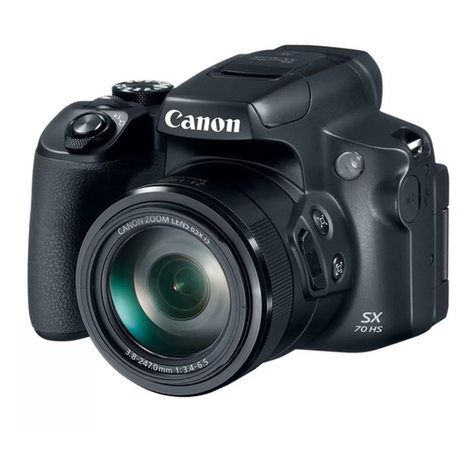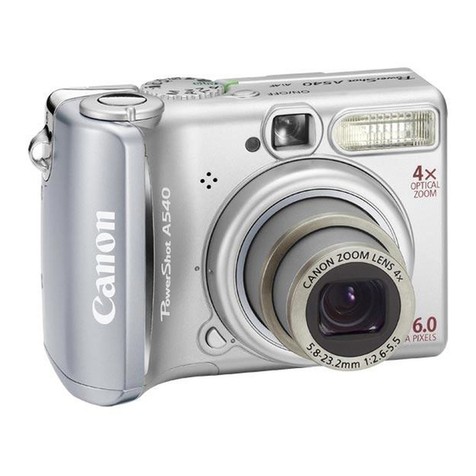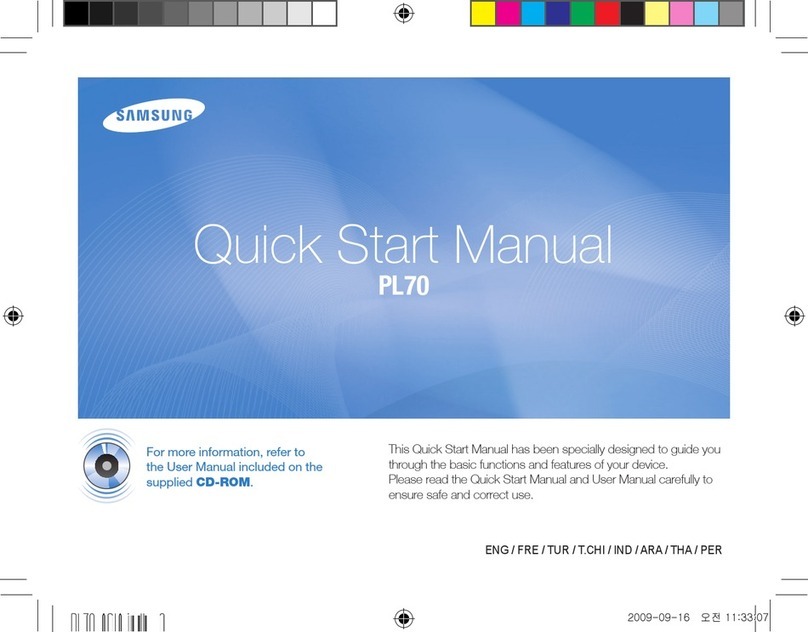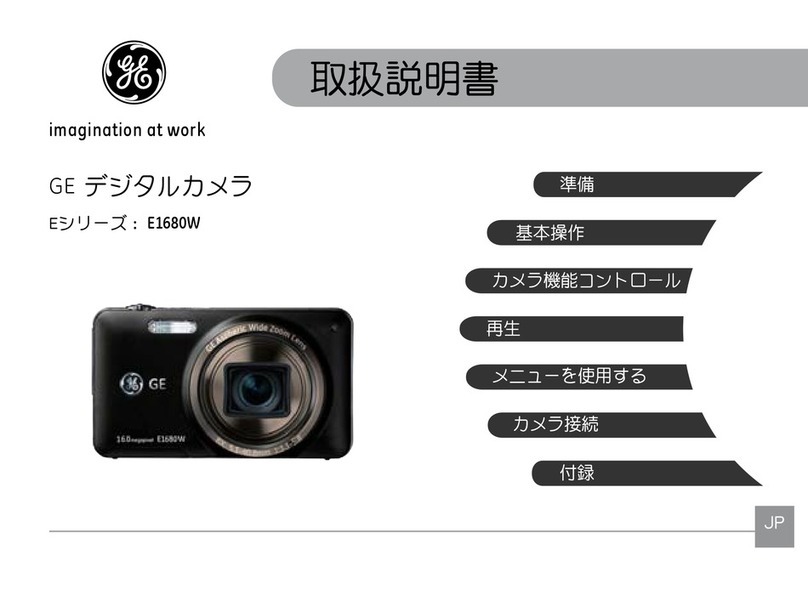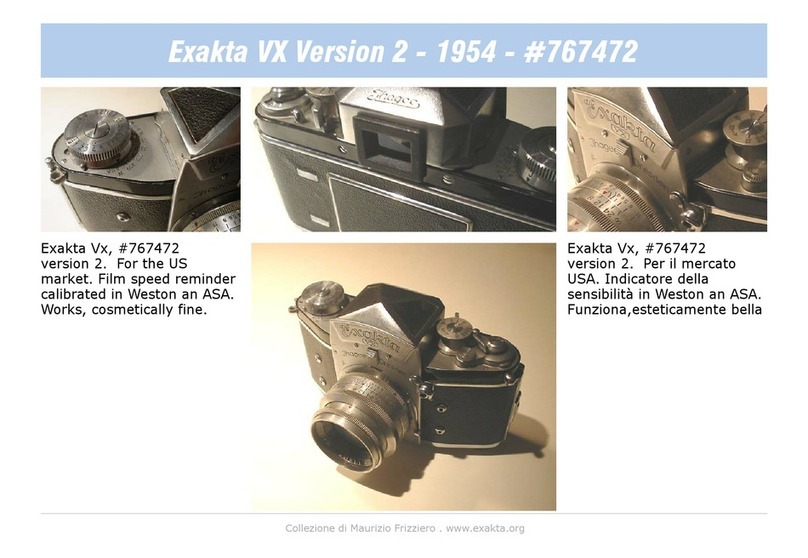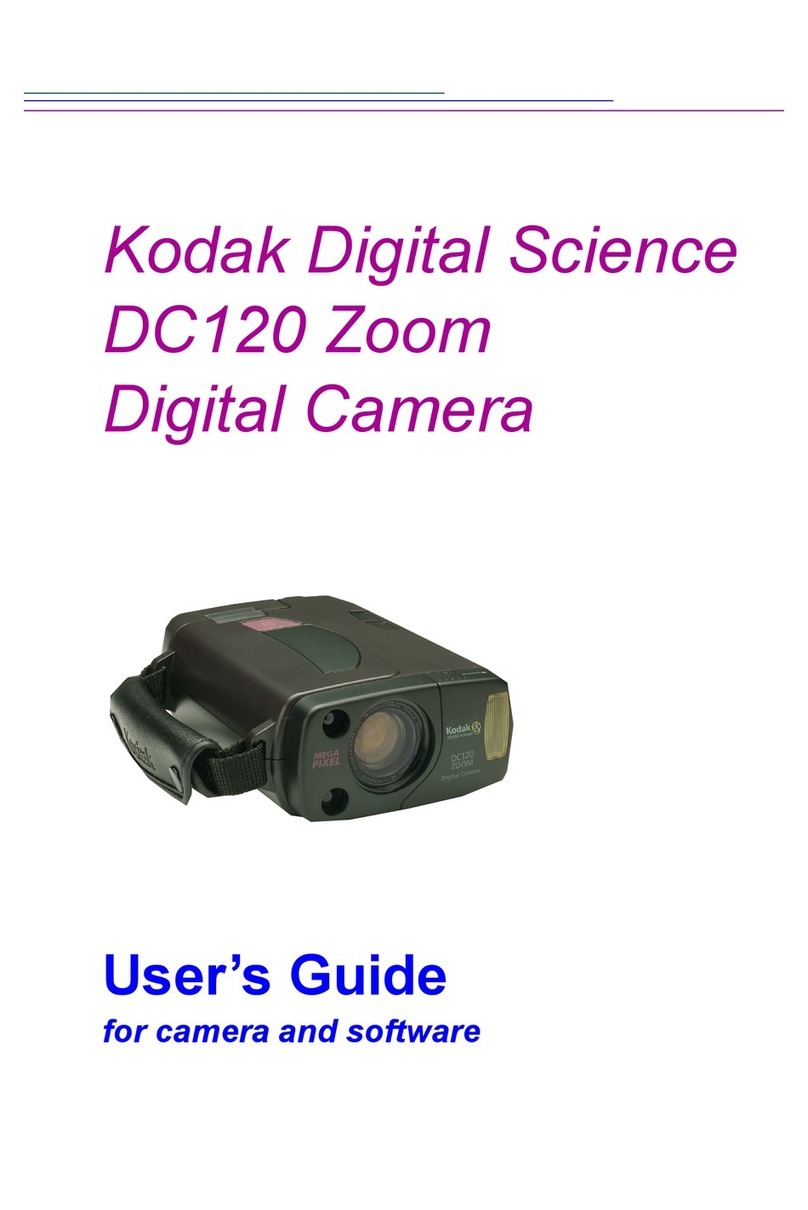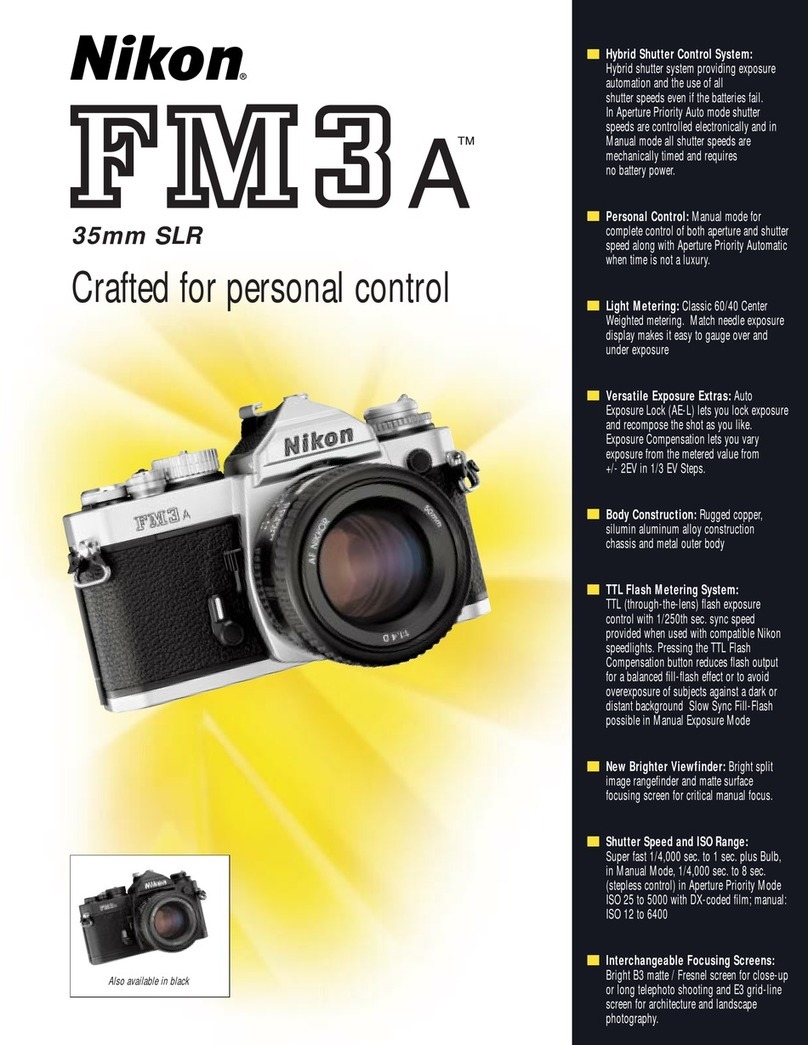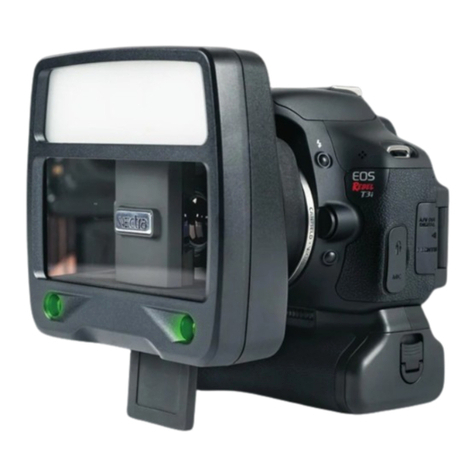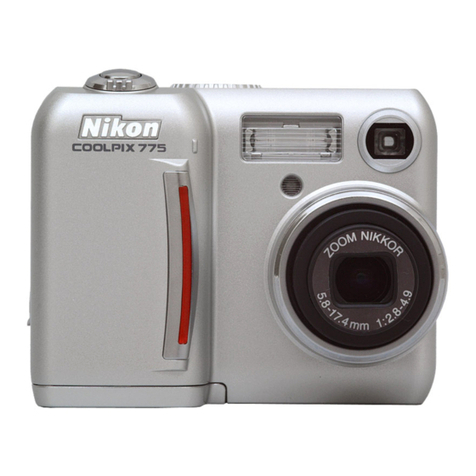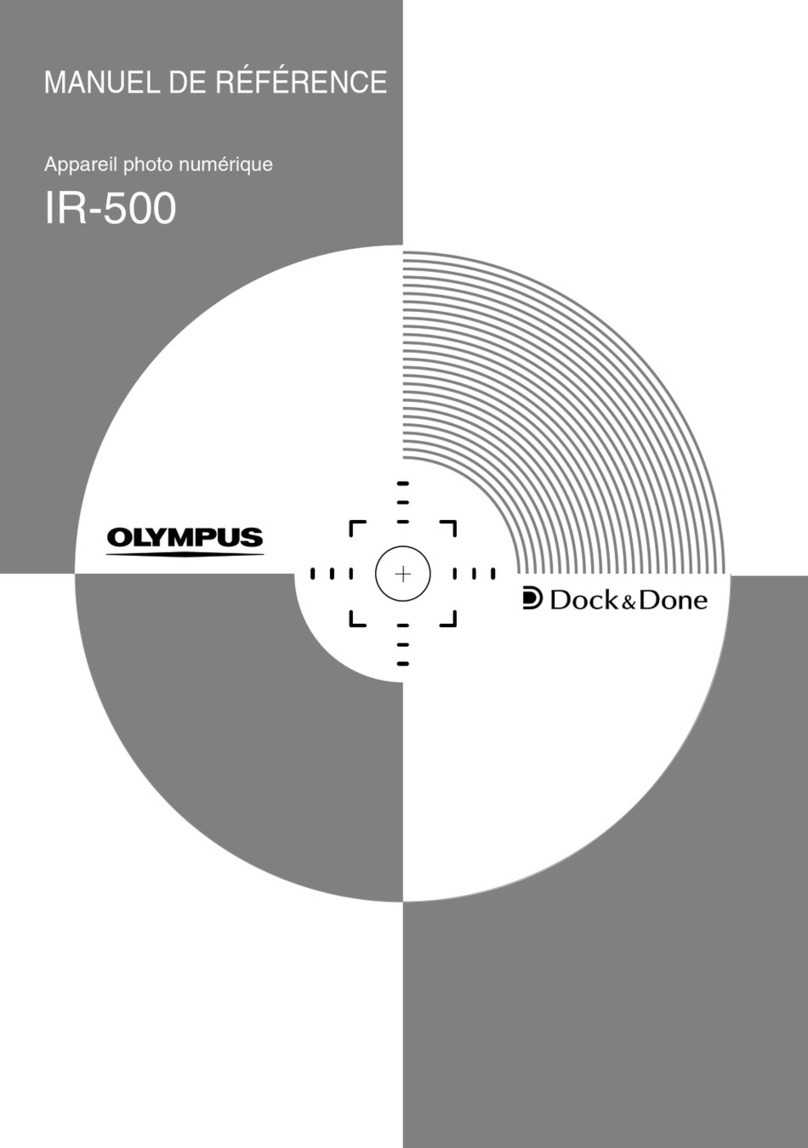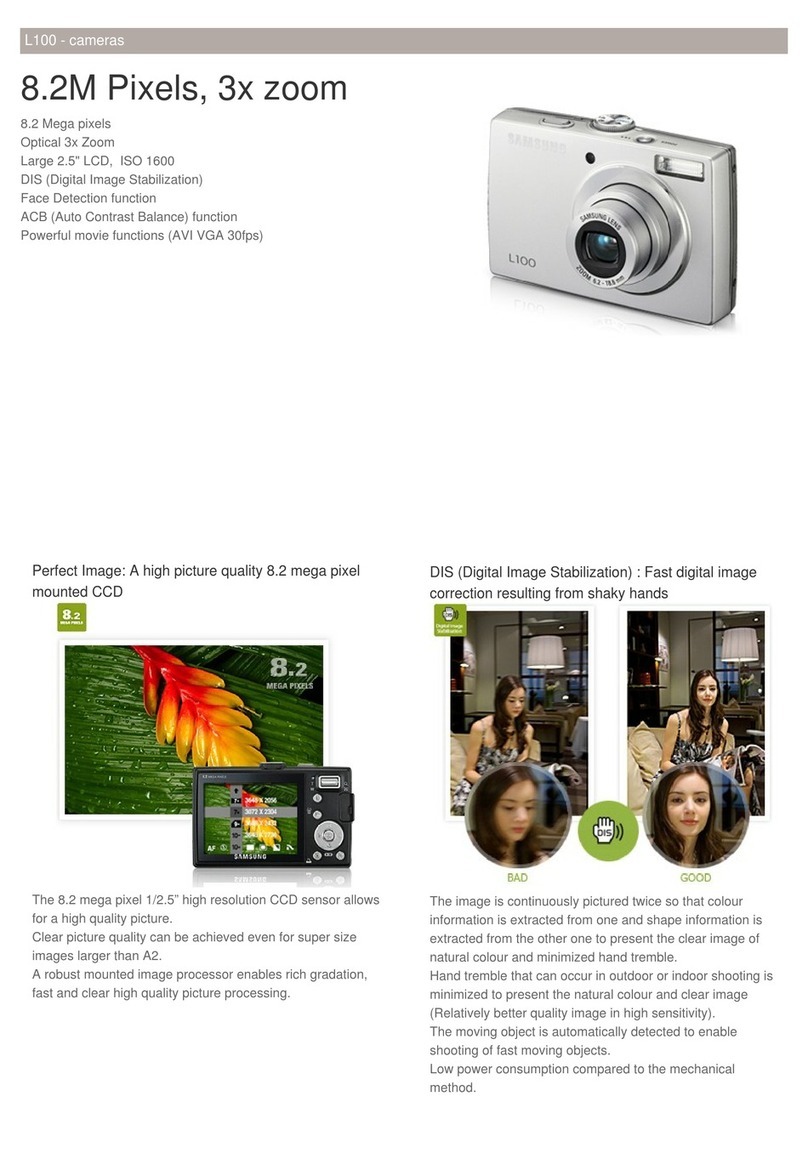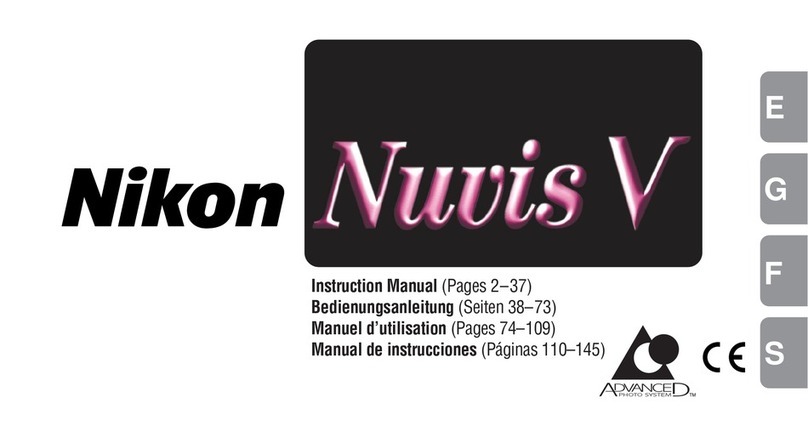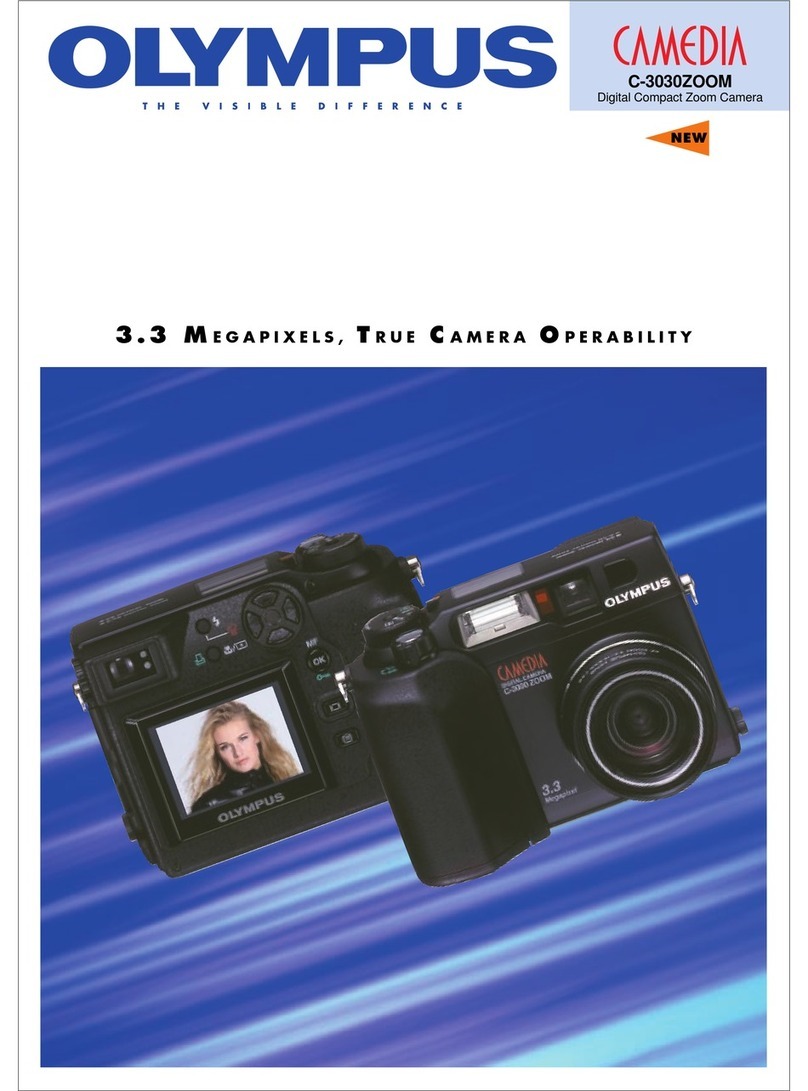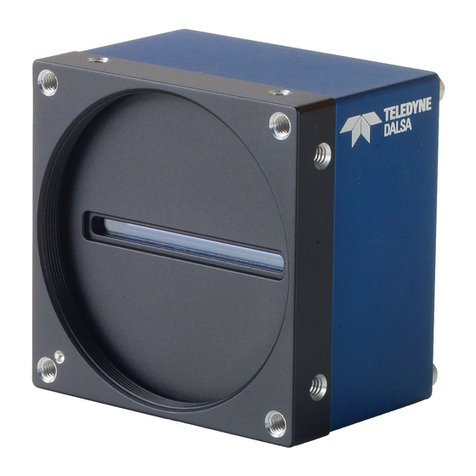Canon F1N Camera User manual
Other Canon Digital Camera manuals
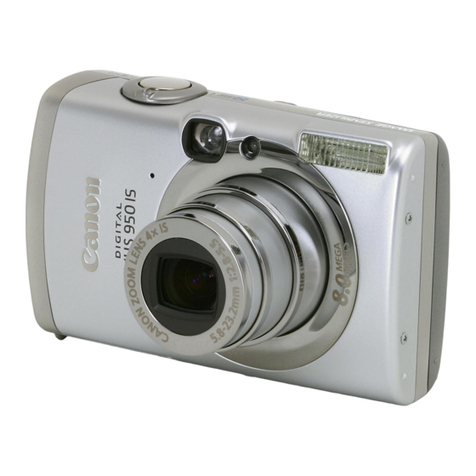
Canon
Canon Digital IXUS 950 IS User manual

Canon
Canon Sure Shot 60 Zoom User manual

Canon
Canon EOS 5D Mark II User manual

Canon
Canon PowerShot A490 User manual

Canon
Canon ME20F-SH User manual
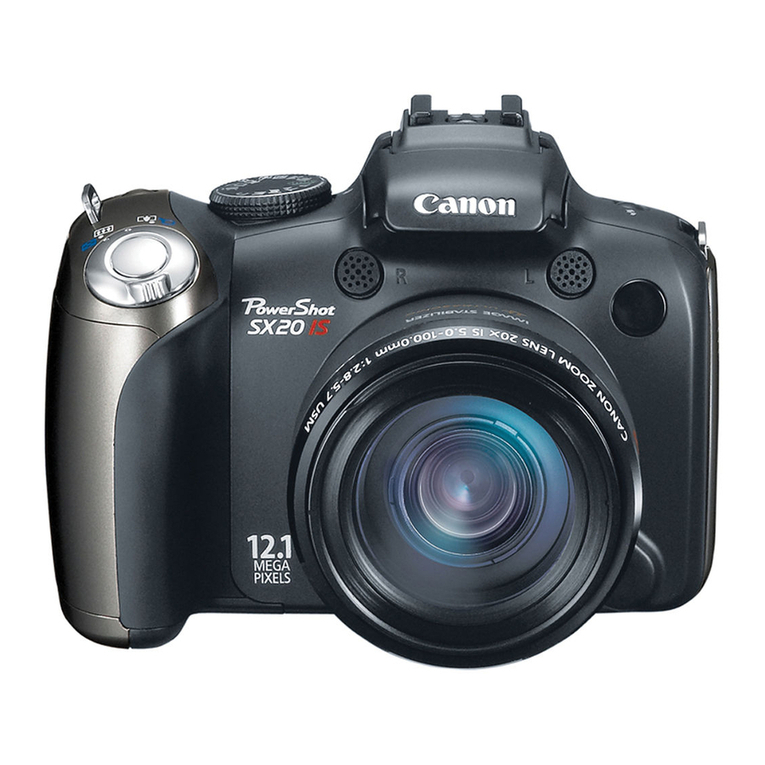
Canon
Canon Powershot SX20 IS User manual

Canon
Canon ELPH Jr IXUS L-1 User manual

Canon
Canon DIGITAL IXUS 430 Instruction Manual
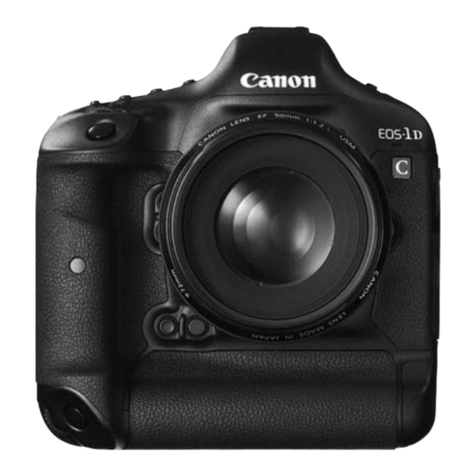
Canon
Canon EOS-1D X User manual
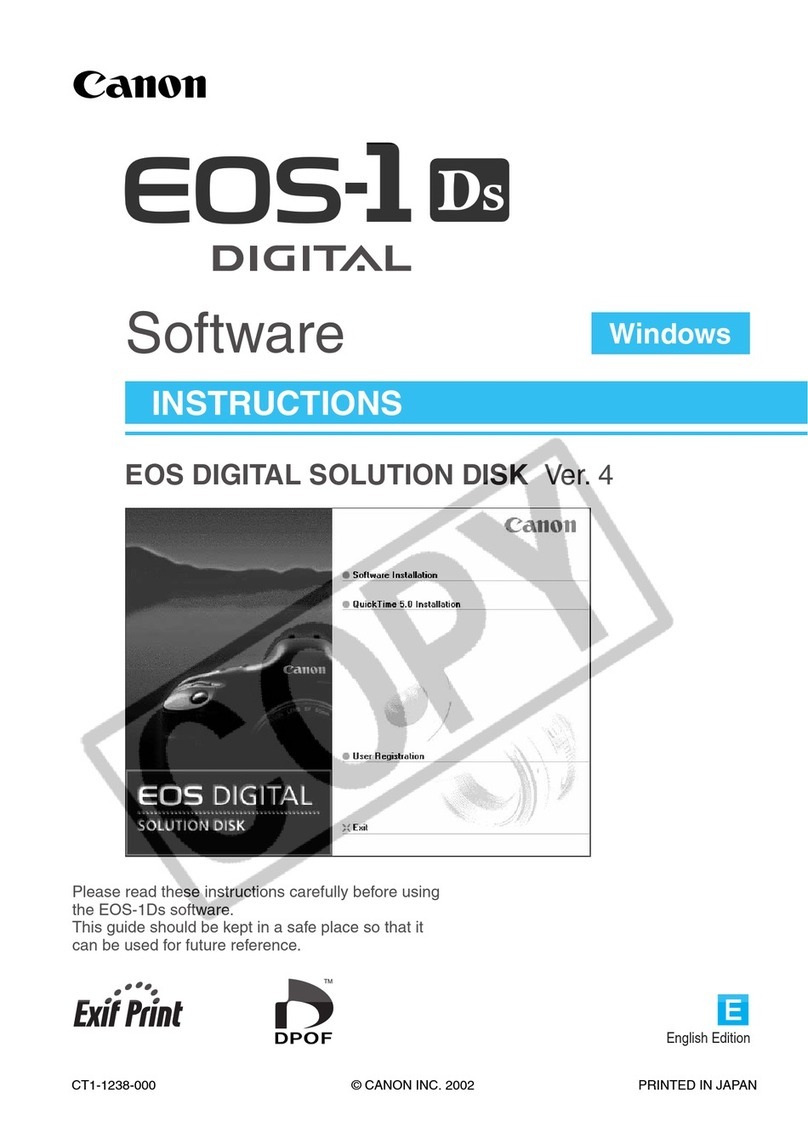
Canon
Canon EOS-1Ds Mark III Quick start guide

Canon
Canon EOS 760DW User manual

Canon
Canon DIGITAL IXUS 500 User manual
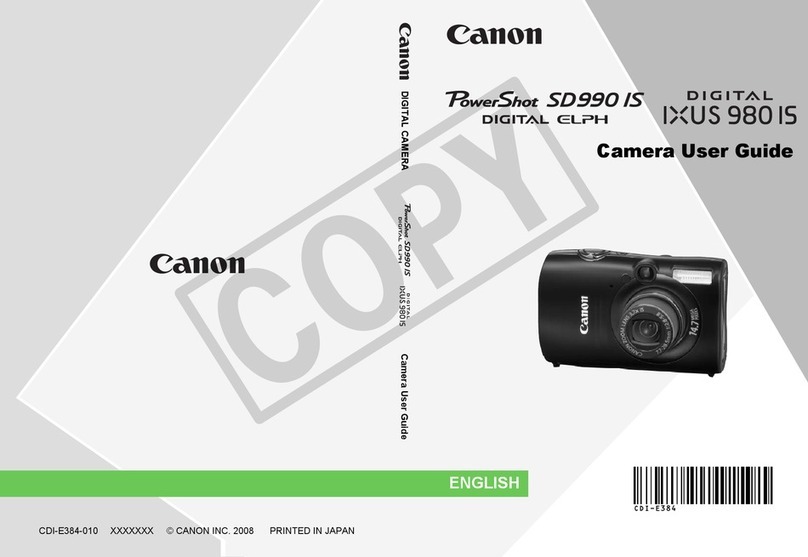
Canon
Canon PowerShot IXS 980 IS User manual

Canon
Canon PIXMA MG3000 SERIES User manual
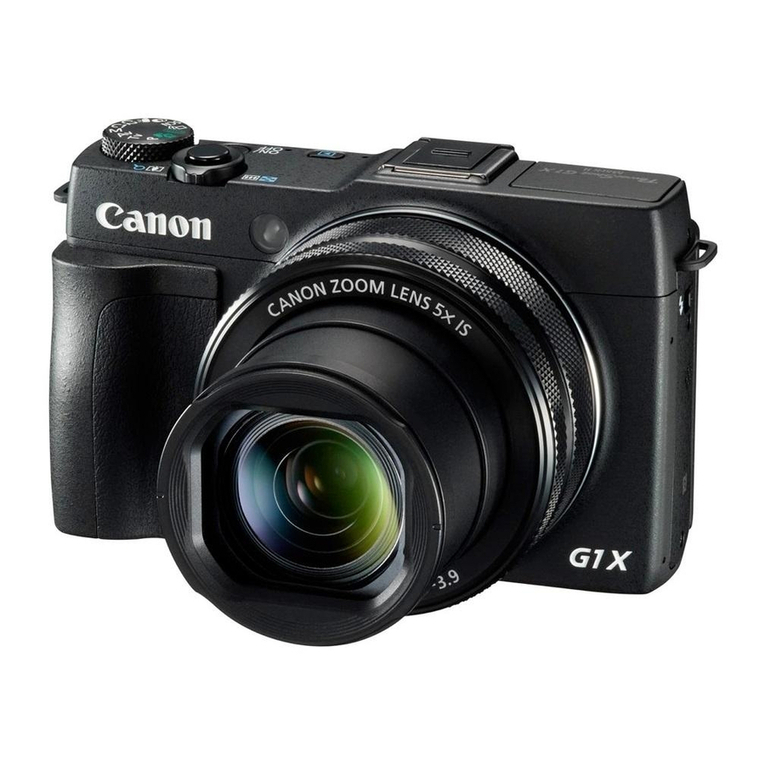
Canon
Canon PowerShot G1 X Mark II User manual
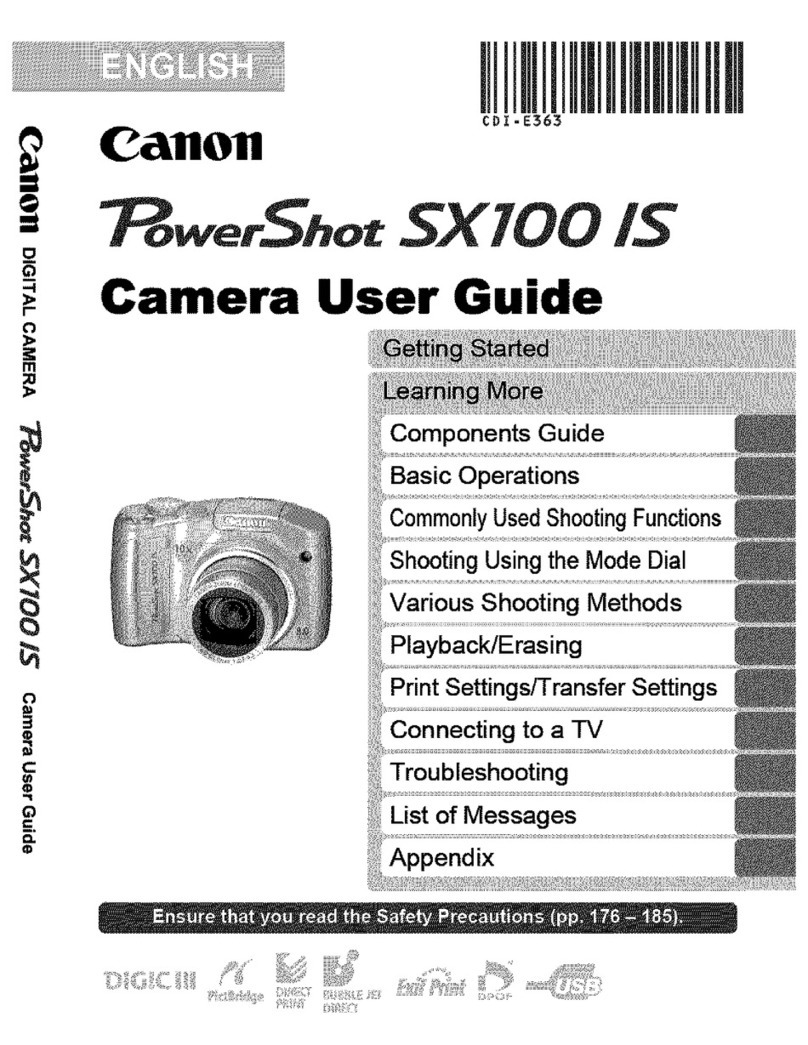
Canon
Canon POWERSHOT SX100IS User manual
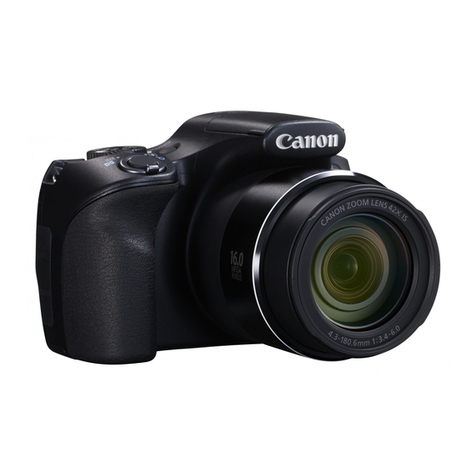
Canon
Canon PowerShot SX400 IS User manual

Canon
Canon Ixus 285 HS User manual

Canon
Canon EOS Digital Rebel Quick reference guide
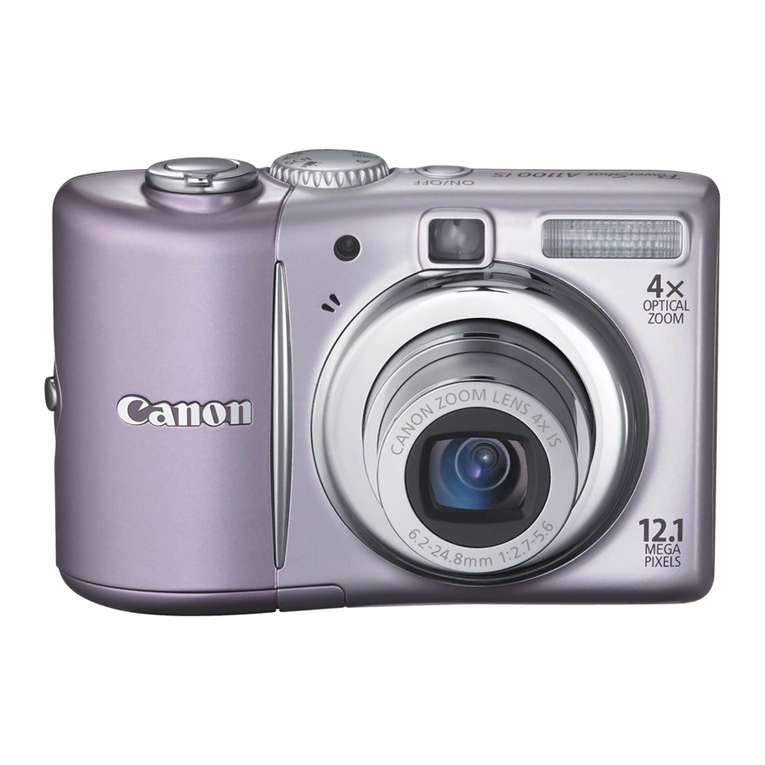
Canon
Canon PowerShot A1100 IS User manual

